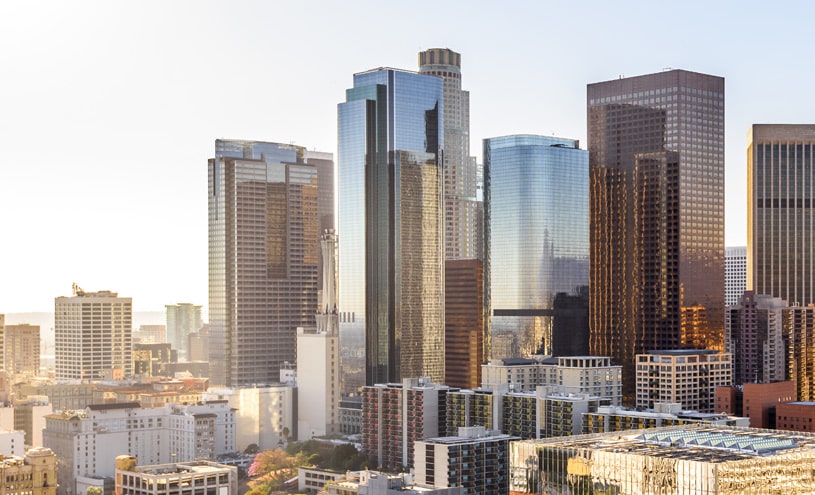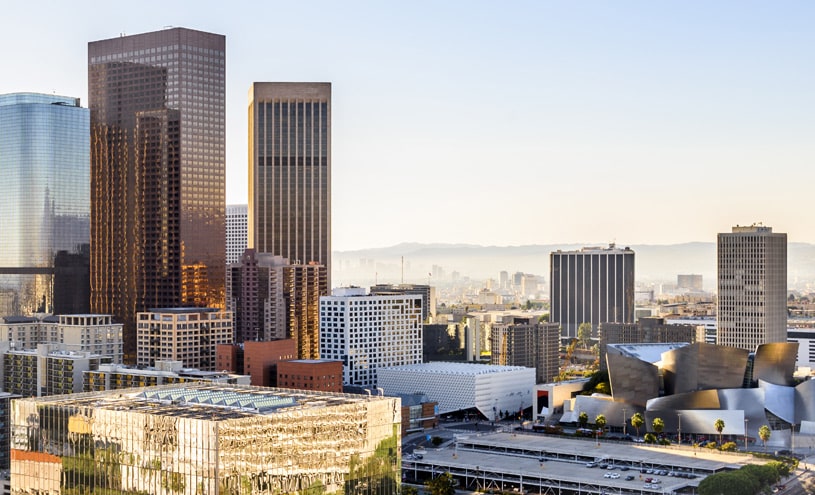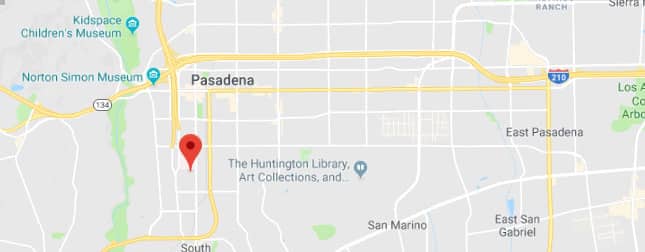 Nose fractures account for almost 40 percent of bone injuries in cases of facial trauma. The treatment commences with primary care involving an assessment of the extent of the injury, understanding the reasons for the injury, and reviewing the nose and face condition before the damage.
Nose fractures account for almost 40 percent of bone injuries in cases of facial trauma. The treatment commences with primary care involving an assessment of the extent of the injury, understanding the reasons for the injury, and reviewing the nose and face condition before the damage.
A rhinoplasty surgeon is in the best position to recommend a suitable treatment for nasal fractures.
A Bone Pyramid
There are a variety of nasal fractures, and without treatment, these fractures could lead to breathing problems or a deformed or crooked nose. A fracture can develop in any place in the “bony pyramid” (the pyramid-shaped bony structure protruding from the nose) of the nose.
Facial plastic and reconstructive surgeon Dr. Eric Yavrouian provides rhinoplasty to patients in Glendale, Pasadena, Burbank, Greater Los Angeles, Beverly Hills, CA, and surrounding locations.
Types of Nasal Fractures
The treatment for different types of fractures requires different types of osteotomy (the practice of rejoining and resetting bones).
Greenstick Fractures
These fractures develop along the nasal bone edges. Children usually develop these fractures as their bones are still developing and are highly malleable. For this reason, Greenstick fractures are usually partial rather than completely broken bones.
Saddle Deformity
This is a more serious type of fracture and one that leads to the nasal bridge and septum collapsing and becoming conclave into the face. This deformity is named after the saddle-like shape that it creates which is visible when the face is viewed in profile.
These types of fractures occur due to acute facial trauma or the disintegration of cartilage because of snorting drugs such as cocaine. To treat this condition, the surgeon takes cartilage or rib bone from a donor to rebuild the nasal bridge and septum.
Comminuted Fracture
Comminuted fractures involve the breaking of the bone into three or more fragments. The treatment of this type of fracture involves the removal of the extra bone fragments which can cause severe complications if left untreated. In addition, the surgeon will align the bones of the nose. This condition usually occurs with severe trauma or in elderly patients with weakened bones.
Le Fort Fractures
At times, a serious injury can cause damage to the bones behind the nose (maxillae). Two bones form the maxillae, and it comprises the upper jaw and palate providing support to the structure of the nose. Fractures in this region are known as Le Fort fractures and are classified into three categories.
Le Fort I fractures develop in a horizontal position and impact the nostril and jaw. Le Fort II fractures affect the maxillae beneath the eye sockets surrounding the nasal bridge.
A Le Fort II fracture involves damage to the bones in the “bony-pyramid” region. This fracture goes from the nasal bridge to the mouth corners in an inverted V-shape. Le Fort III fractures cause damage to the bones surrounding the eyes or the orbital sockets.
Le Fort fractures warrant immediate medical attention as such fractures can lead to long-term brain and palate damage. An expert rhinoplasty surgeon can effectively treat Le Fort fractures.
Facial plastic and reconstructive surgeon Dr. Eric Yavrouian receives patients from Glendale, Pasadena, Burbank, Greater Los Angeles, Beverly Hills, CA, and nearby areas for rhinoplasty.
For more information about treatments and procedures by Facial Plastic and Reconstructive Surgeon, Dr. Eric J. Yavrouian, serving patients in and around Glendale, Pasadena, Burbank and the Greater Los Angeles, CA area call 818-241-2150 or click here to contact him for a consultation.






